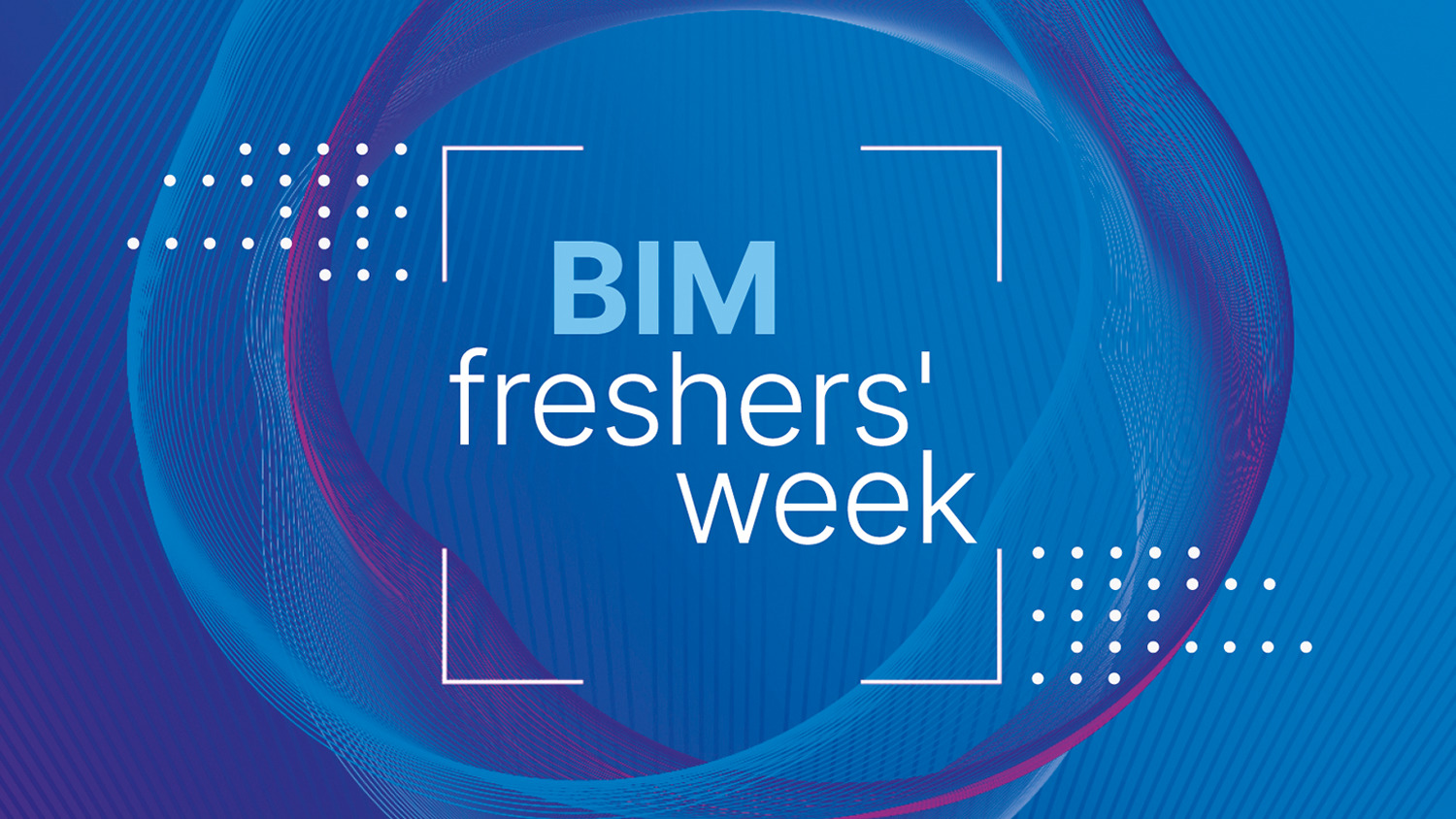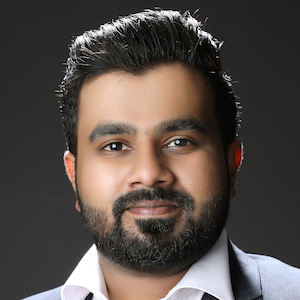
Welcome to the third part of BIM freshers’ week: a short series of interviews timed to coincide with colleges and universities’ freshers’ weeks.
Today, Don Sibe takes his turn in the chair. He has a BA in civil engineering, and earned a Master’s in construction project management from Heriot Watt University three years ago. He works as a planning engineer in the UAE division of Australian engineering consultancy GHD Group.
In 2020, he was named Under-30 Champion of the Year 2020 in the Big Project Middle East Awards. He also plays an important role in the Chartered Institute of Building’s Tomorrow’s Leaders initiative in the UAE, helping to develop young civil engineers across the region by hosting site visits and workshops.
BIMplus: What was it that attracted you to BIM?
Don Sibe: Starting my career as a planning engineer helped me explore the possibilities of integrating project planning and design with 4D models. Working with the 4D models changed my perspective of project planning completely.
It is always interesting when you can have a rehearsal of your project before a stone is laid on site. From the traditional programme-on-paper, 4D helped in the planning of site activities, safety and the logistics of site.
What is the biggest professional challenge you have had to overcome?

“I’m excited when the project is explained to me using VR: this helps me to gain insights into the project with less time taken with the project manager.”
The biggest professional challenge was accepting I had to learn something I was never comfortable with – design software. As my interest was project planning, learning software relevant to it was much easier when compared to the software required to achieve my goal of 4D planning. So, the solution was to start taking courses for 2D, 3D and 4D software. I started right from the basics of 2D to achieve my goal.
Was it easy for a project planner to go back to the basics? It was not easy for me. However, gaining the experience helped me to confidently tackle problems in project simulations.
Which technology in BIM and digital construction interests you the most?
As you might have guessed by now, 4D planning of projects is very interesting and I look forward to building my career around it.
However, should we stop at the simulation of a project? No. I have started to widen my interest to augmented and virtual reality.
Implementation of AR helps in altering the real-time environment by overlaying the digital asset. This technology can reduce rework and the loss of time associated with it.
However, I am more interested in VR: imagine the possibilities we can achieve using technology to create a 3D experience. I become excited when someone explains to me the complete project using VR: this helps me to gain insights into the project with less time taken with the project manager or the team. VR helps to make training and education on the project to all levels of audience much easier.
Do your friends and family understand what you do? And if not, how do you explain it to them?
Not really. My father, who is retired from the construction sector and still has an interest in civil engineering, gets really interested when I explain to him the concepts of BIM and digital construction.
But there is always an argument from him. Can I plan and execute based on digital models, the sites and its condition always have the upper hand? All I explain to him is that the digital models and planning using the digital technologies help to reduce the risk to a certain level.
My father says: “Digital can and will be different from the reality.”
What advice would you give those just starting their study of BIM?
My advice to young professionals or students in built environment is to align their passion with BIM.
And the people who are experienced in the construction environment, but who are not aware or do not use BIM in their day-to-day tasks, should find ways to incorporate BIM into their daily tasks. This will help them to learn the process and the associated software, which will help their professional and organisational development. Learning is a continuous process for self-development.
Don’t miss out on BIM and digital construction news: sign up to receive the BIMplus newsletter.














